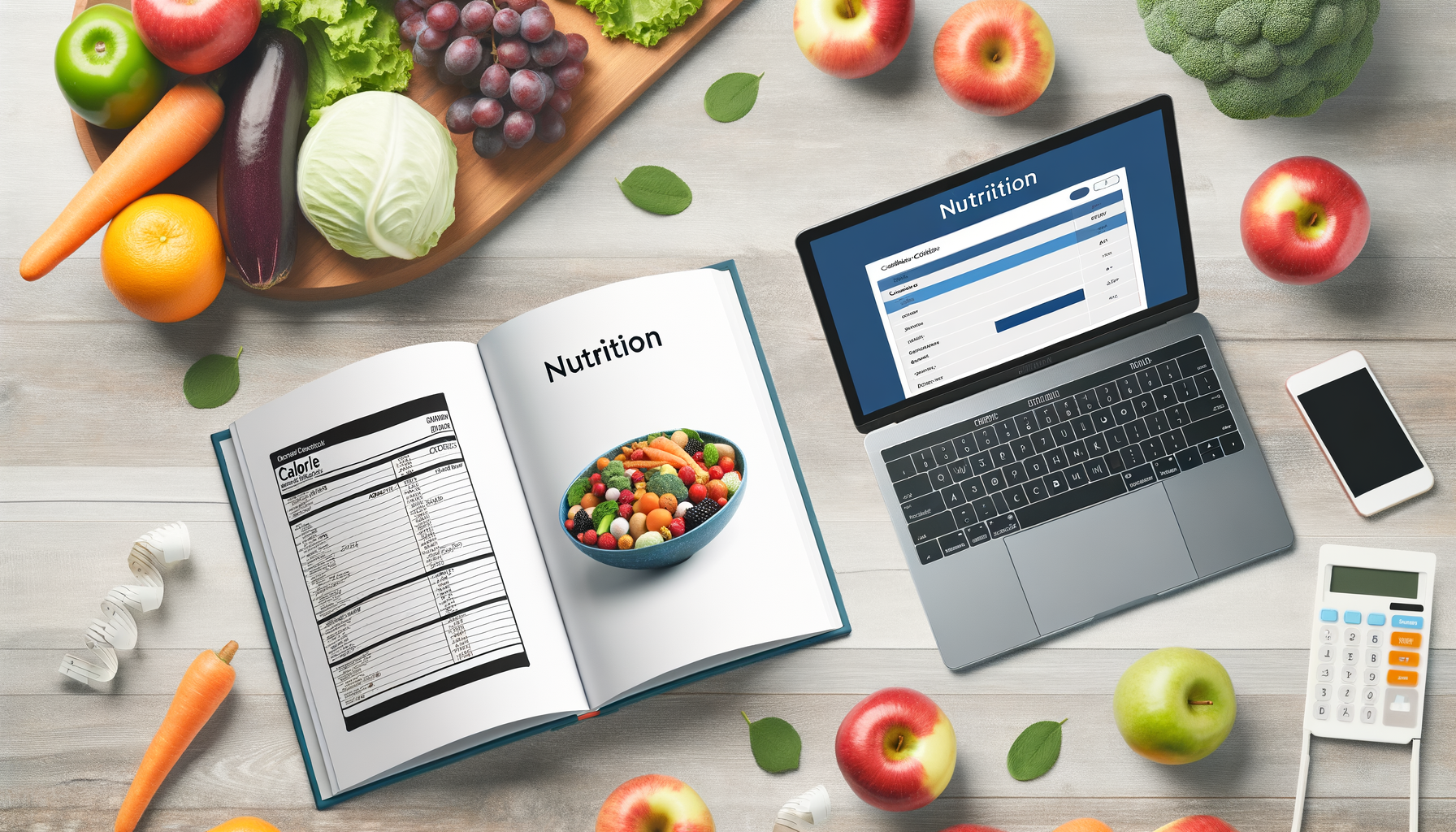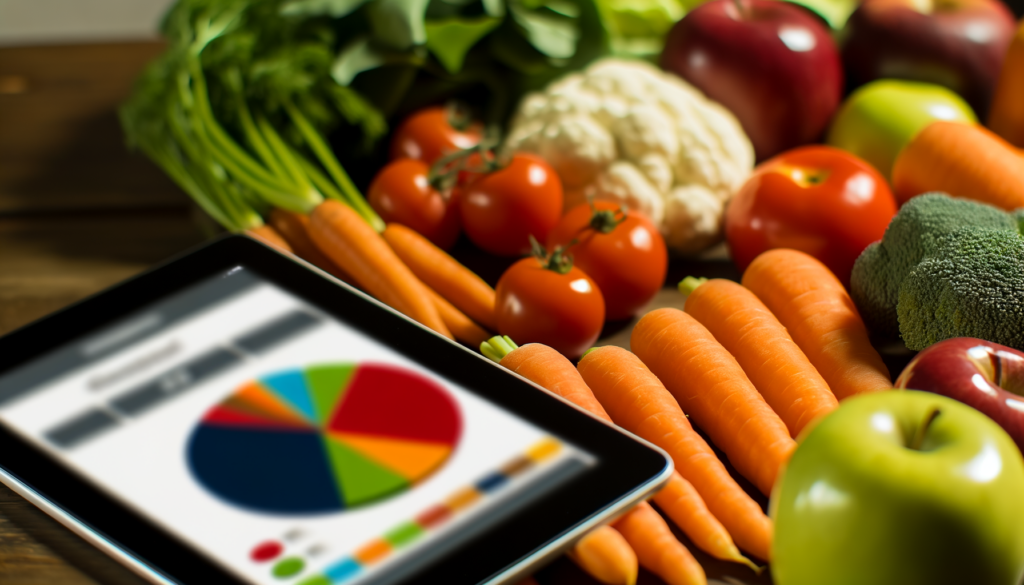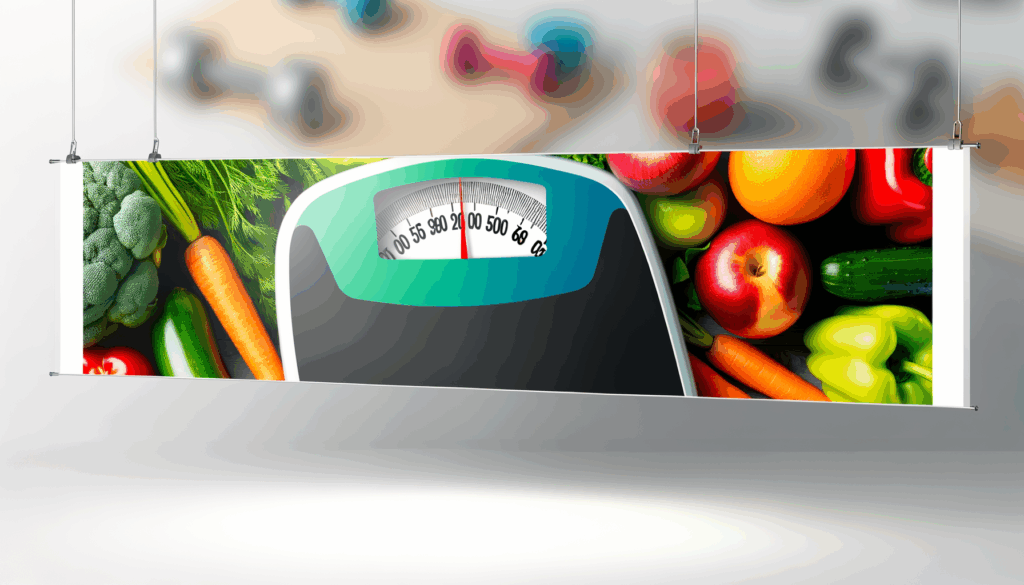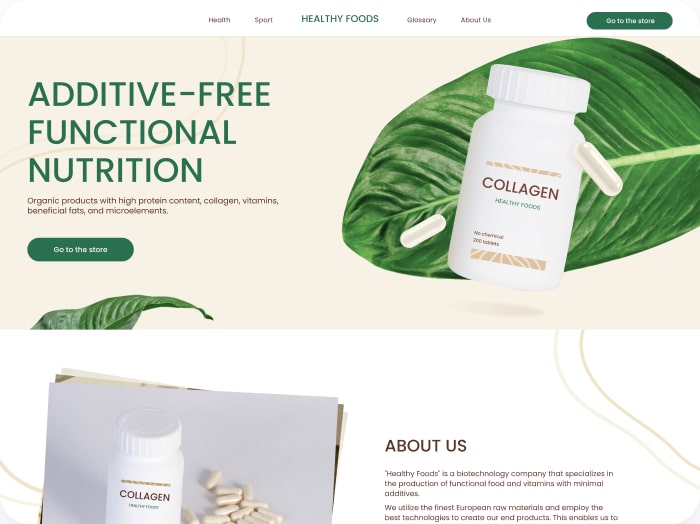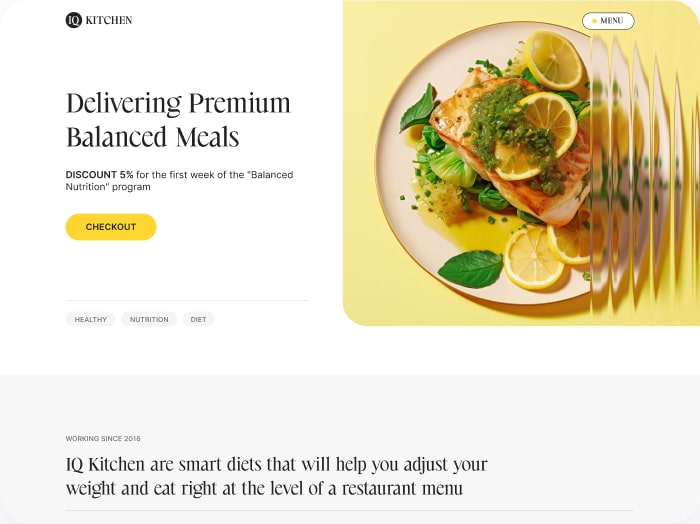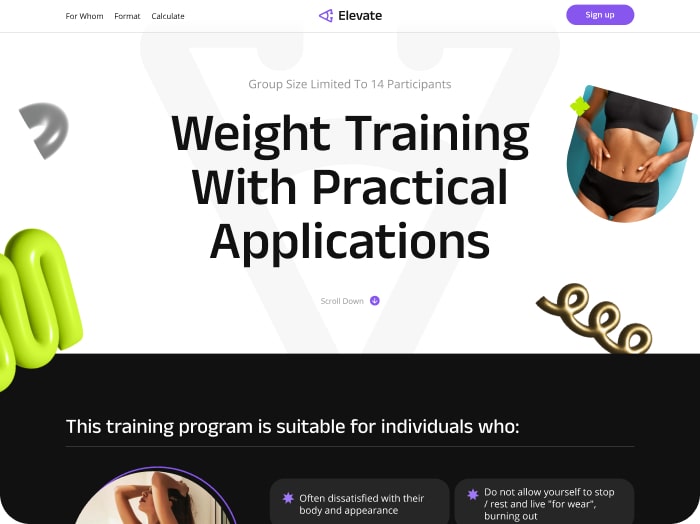Transforming Calorie Calculator Data into Engaging Nutrition E-Books
Creating a nutrition e-book can be a powerful way to educate and engage your audience, especially when you leverage data from a calorie calculator. In this comprehensive guide, we will walk you through the steps to transform calorie calculator data into a valuable digital product that can enhance your nutrition education efforts.
Understanding the Importance of Calorie Calculators
Calorie calculators are essential tools for anyone interested in health and fitness. They help individuals determine their ideal daily calorie needs based on factors such as weight, height, and activity level. For instance, the Calorie Calculator Cloud offers a robust tool that can be customized to meet specific needs, making it an excellent resource for creating personalized nutrition plans.
Gathering and Analyzing Nutrition Data
To create a comprehensive nutrition e-book, you need accurate and detailed nutrition data. Here are some steps to gather and analyze this data:
1. Use Reliable Nutrition Databases: Utilize databases like the USDA National Nutrient Database to find the calorie and nutrient content of individual ingredients and recipes. This database is crucial for calculating nutrition information for single ingredients, recipes, and full meals.
2. Employ Nutrition Calculators and Spreadsheets: Tools like the VeryWell recipe nutrition calculator or custom Excel spreadsheets can help you calculate nutrition facts for recipes. These tools allow you to input ingredients and quantities, then generate detailed nutrition labels.
3. Customize Your Data Collection: If you’re using a spreadsheet, you can set up columns to track calories, macronutrients, and other nutrients. For example, a Google Sheets template can be customized to include scripts that automate data entry and calculations.
Structuring Your E-Book Content
Once you have gathered and analyzed your nutrition data, it’s time to structure your e-book content. Here are some key sections to consider:
1. Introduction to Nutrition Basics: Start with an introduction to basic nutrition concepts, including the importance of calories, macronutrients, and micronutrients. This section should be engaging and easy to understand for a broad audience.
2. Personalized Nutrition Plans: Use the data from your calorie calculator to create personalized nutrition plans. Explain how readers can use the calculator to determine their daily calorie needs and how to adjust their diet accordingly.
3. Recipe Analysis and Meal Planning: Include detailed analyses of various recipes, showing how to calculate calories and nutrients using tools like the VeryWell recipe nutrition calculator. Provide examples of meal planning strategies that incorporate these calculations.
4. Case Studies and Real-World Examples: Add case studies or real-world examples of individuals who have successfully used calorie calculators and nutrition data to achieve their health goals. This can make the content more relatable and motivating.
Designing and Formatting Your E-Book
The design and formatting of your e-book are crucial for readability and engagement. Here are some tips:
1. Use Clear Headings and Subheadings: Organize your content with clear headings and subheadings to make it easy for readers to navigate.
2. Incorporate Visuals: Use charts, graphs, and images to illustrate key points and make the content more engaging.
3. Ensure Readability: Choose a clear, readable font and ensure that the text is well-spaced to avoid overwhelming the reader.
Monetizing Your Nutrition E-Book
After creating your e-book, you can monetize it in several ways:
1. Sell as a Digital Product: Offer your e-book for sale on your website or through platforms like Amazon Kindle Direct Publishing.
2. Use as a Lead Magnet: Provide the e-book as a free resource in exchange for email addresses, helping you build a mailing list and attract potential customers.
3. Offer Premium Content: Create a premium version of the e-book with additional features, such as personalized coaching or access to exclusive content, and charge a higher price for it.
Conclusion and Next Steps
Creating a nutrition e-book using calorie calculator data is a rewarding project that can provide immense value to your audience. By following these steps, you can transform raw data into an engaging and informative digital product.
If you’re looking to integrate a calorie calculator into your website to gather data and attract visitors, consider using tools like Calorie Calculator Plans that offer customizable and embeddable calculators.
Start your journey today by gathering your data, structuring your content, and designing an e-book that will educate and inspire your audience.
